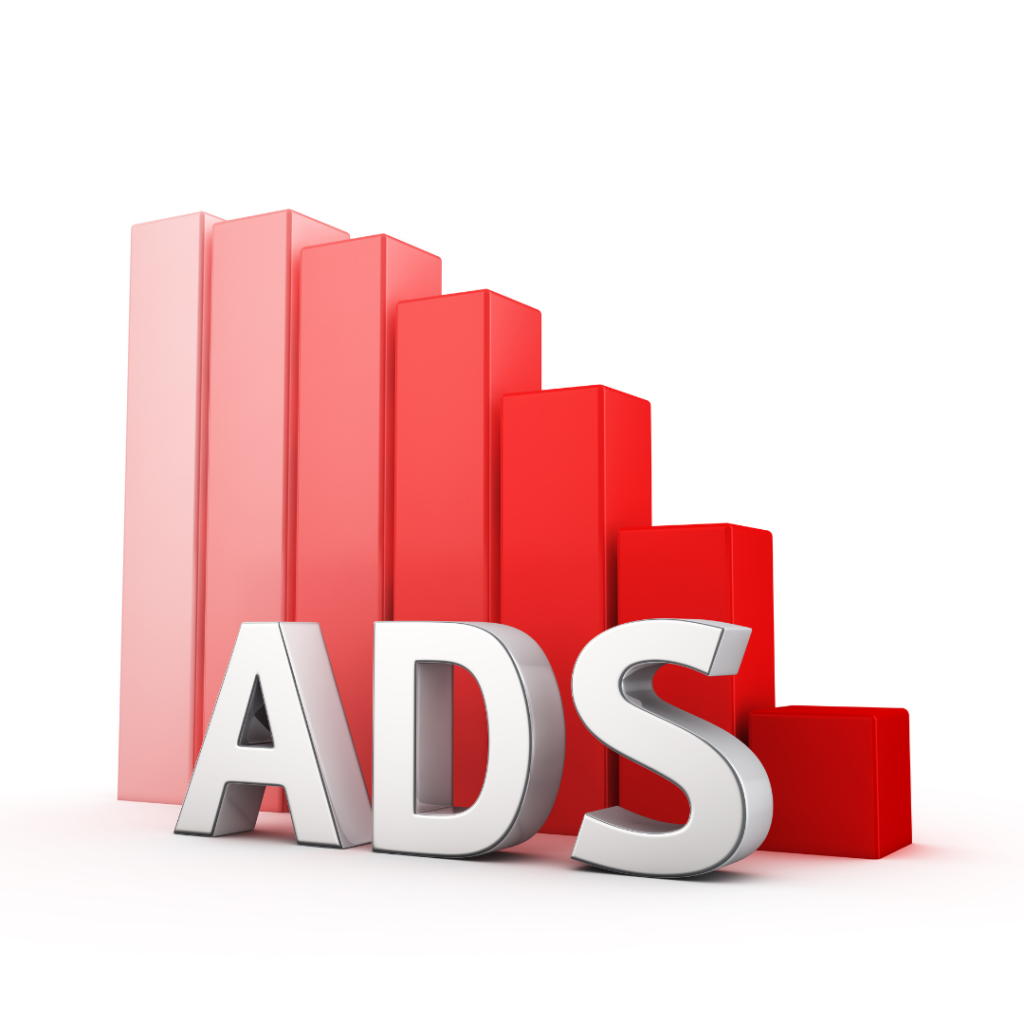In the ever-expanding world of online advertising, businesses are presented with a multitude of options to promote their products and services. Among the giants of the digital advertising realm stand Google Ads and Facebook Ads, two powerhouse platforms that cater to distinct marketing needs and strategies.
To navigate this advertising crossroads effectively, it’s essential to understand the nuances of each platform, their strengths, weaknesses, and how they align with your business objectives. In this comprehensive comparison, we explore Google Ads and Facebook Ads in-depth, helping you make an informed decision about which is right for you.
Google Ads:
Intent-Focused Advertising
Google Ads, formerly known as Google AdWords, is the go-to platform for intent-driven advertising. It taps into the power of search queries, allowing businesses to display ads to users actively searching for products or services related to their offerings. This intent-focused approach makes Google Ads particularly effective for capturing high-intent leads and driving conversions.
Keyword Targeting
One of the hallmark features of Google Ads is keyword targeting. Advertisers bid on specific keywords relevant to their business. When users search for these keywords, the ads appear at the top of the search results, providing businesses with a direct pathway to potential customers who are actively seeking their products or services.
Ad Formats
Google Ads offers a variety of ad formats, including text ads, display ads, shopping ads, and video ads. This diversity allows businesses to choose the format that best suits their advertising goals and target audience.
Ad Extensions
To enhance ad visibility and provide more information to users, Google Ads offers ad extensions. These include site link extensions, callout extensions, and location extensions, among others. Ad extensions can significantly improve ad performance and provide additional value to potential customers.
Cost-Per-Click (CPC) Model
Google Ads operates on a pay-per-click (PPC) model, where advertisers are charged only when users click on their ads. This makes it a cost-effective choice, as you’re essentially paying for actual engagement with your brand.
Remarketing
Google Ads allows for powerful remarketing campaigns. You can target users who have previously visited your website or interacted with your ads, keeping your brand top-of-mind and encouraging them to return and convert.
Geotargeting
Businesses can target their ads based on geographic location, ensuring that they reach the most relevant audience. This is particularly useful for local businesses looking to attract nearby customers.
Analytics and Measurement
Google Ads Strategy provides robust analytics and measurement tools, allowing you to track the performance of your campaigns in real-time. This data-driven approach enables you to make informed decisions and optimize your ad strategies.
Ad Quality Score
Google assigns a Quality Score to each ad, which takes into account factors like ad relevance, landing page quality, and click-through rate. Higher-quality ads can achieve better ad placements and lower CPC.
Search Network and Display Network
Google Ads offers the flexibility to advertise on both the Google Search Network (text-based ads on search engine results pages) and the Google Display Network (visual and multimedia ads on websites and apps). This versatility allows businesses to reach users at various stages of the customer journey.
Facebook Ads:
Audience Targeting
Facebook Ads excels in audience targeting. It leverages the vast amount of user data it collects to allow advertisers to pinpoint their ads to highly specific demographics, interests, behaviors, and even life events. This precision targeting makes it ideal for businesses looking to reach a particular niche or demographic.
Engagement and Brand Awareness
While Facebook Ads can drive conversions, they are particularly effective for engagement and brand awareness campaigns. The platform’s social nature encourages users to interact with ads through likes, shares, comments, and reactions, creating a sense of community around your brand.
Ad Formats
Facebook offers a wide range of ad formats, including image ads, video ads, carousel ads, and lead generation ads. These formats cater to different campaign goals, from showcasing products to collecting leads.
Instagram Integration
As a subsidiary of Facebook, Instagram seamlessly integrates with Facebook Ads Strategy. This extends your reach to a younger, visually oriented audience, making it ideal for businesses with visually appealing products or services.
Messenger Advertising
Facebook Ads can also be displayed in Messenger, providing a direct and conversational way to engage with potential customers.
Budget Flexibility
Facebook Ads offer flexibility in budgeting. You can set daily or lifetime budgets, making it suitable for both small businesses and large enterprises.
Remarketing and Custom Audiences
Similar to Google Ads, Facebook Ads allow for powerful remarketing campaigns. Additionally, you can create custom audiences based on user interactions with your website or app, enabling precise targeting of users who have shown interest in your brand.
Campaign Objectives
Facebook Ads offer a variety of campaign objectives, including traffic, engagement, conversions, and app installs. This flexibility accommodates a wide range of marketing goals and if you are looking for facebook ads agency in pune get social is the place.
Dynamic Ads
For e-commerce businesses, Facebook offers dynamic ads that automatically display the most relevant products to users based on their browsing behavior.
Analytics and Insights
Facebook provides detailed insights into ad performance, including engagement metrics, click-through rates, and audience demographics. These insights help refine your ad strategy for better results.
Choosing the Right Platform:
The choice between Google Ads and Facebook Ads ultimately depends on your specific business goals and target audience. Here are some considerations to guide your decision:
Consider Your Objectives: If your primary goal is to capture high-intent leads and drive conversions, Google Ads is often the better choice. On the other hand, if you’re focused on building brand awareness, engaging with your audience, or reaching a highly specific demographic, Facebook Ads may be more suitable.
Know Your Audience: Understanding your target audience is crucial. If you have a deep understanding of their behavior, interests, and demographics, Facebook’s precise targeting can be a powerful tool. If your audience actively searches for products or services like yours, Google Ads’ intent-driven approach is advantageous and if you looking for an best google ads agency in pune get social is the right place.
Budget Allocation: Consider your budget allocation. Google Ads’ pay-per-click model allows for more control over spending, while Facebook Ads offers budget flexibility and can be cost-effective for brand awareness campaigns.
Ad Content: Think about the type of content you have. If you have visually appealing content, Facebook and Instagram’s visual formats can be highly effective. If your content is text-heavy and focused on specific keywords, Google Ads may be a better fit.
Landing Pages and User Experience: Consider the quality and relevance of your landing pages. Google Ads rewards high-quality landing pages with better ad placements. Facebook Ads should lead to a user-friendly and engaging experience on your website or app.
Multi-Platform Approach: Many businesses benefit from using both Google Ads and Facebook Ads in a complementary manner. This allows you to cover various aspects of your marketing strategy and reach users at different stages of their journey.
Conclusion:
In the world of online advertising, the choice between Google Ads and Facebook Ads is not a matter of one being better than the other; it’s about aligning the platform with your specific marketing goals and target audience. Google Ads excels in capturing high-intent leads and driving conversions through search intent, while Facebook Ads thrive in precise audience targeting and engagement-driven campaigns.
Your decision should be based on a comprehensive understanding of your business objectives, budget, and audience. Moreover, in many cases, a balanced approach that combines the strengths of both platforms can yield the most comprehensive and effective results, delivering the best of both intent-driven and highly targeted advertising.
Ultimately, the right choice will depend on your unique business needs and marketing strategy.







Add a Comment